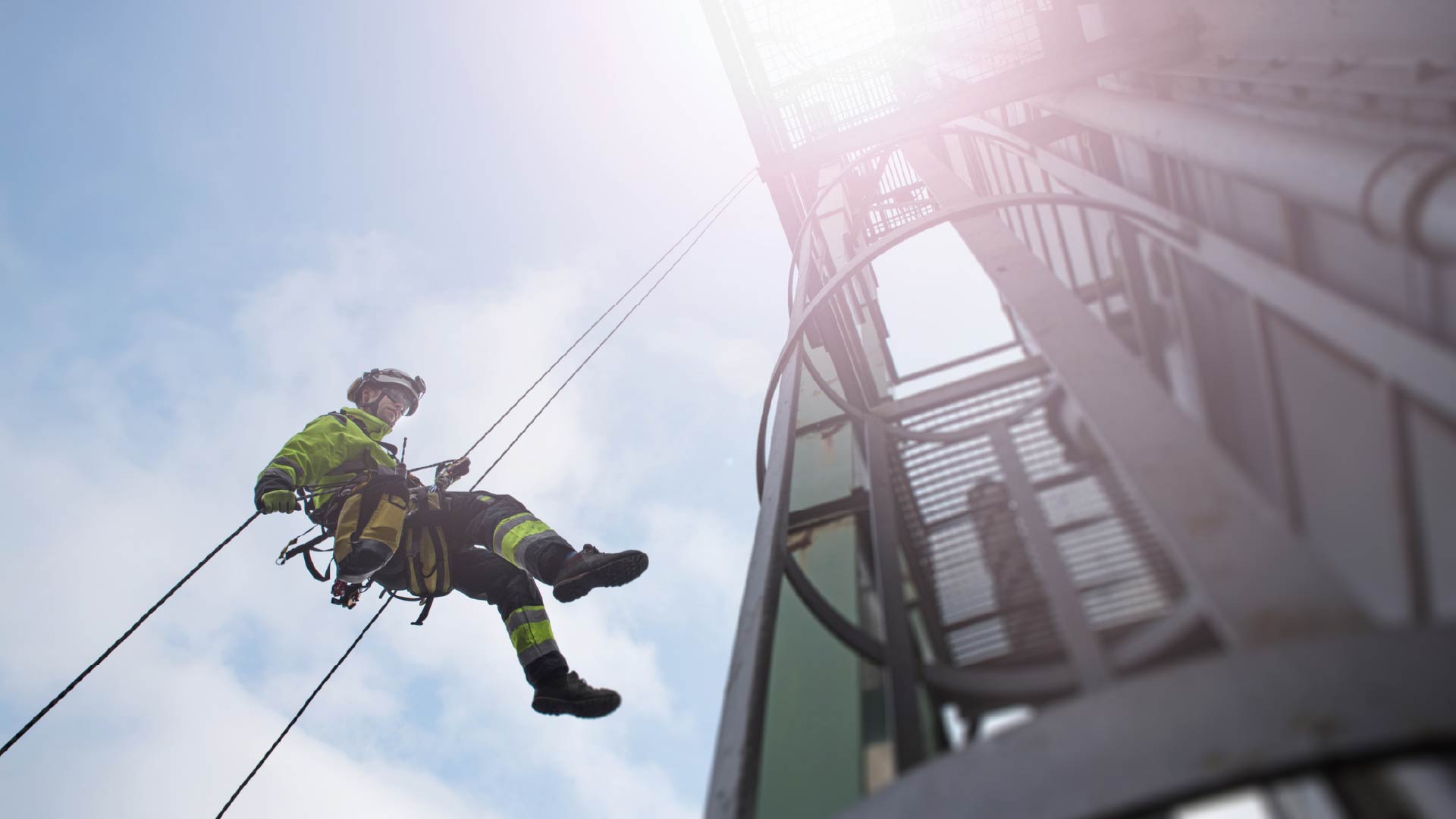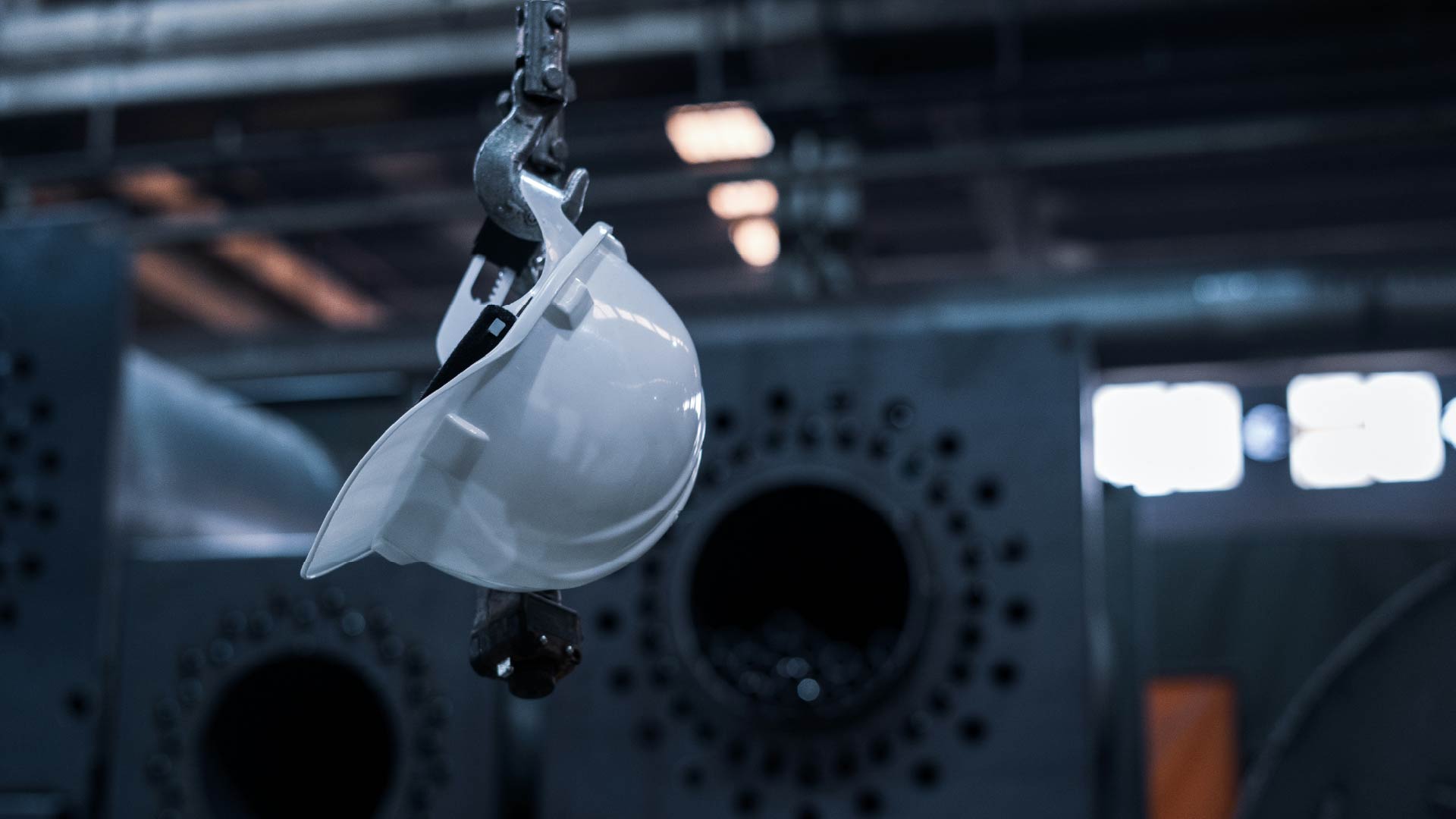Balancing Innovation And Integrity: Advanced Tech In Olympic Safety
Recent controversies involving the Canadian women's football team have highlighted the delicate balance between innovation and integrity in sports. Canadian national team officials have admitted to using drones before the Paris Olympics, casting a shadow over their Tokyo 2020 women's gold medal. These allegations of using drones for unfair advantage during the Tokyo Games raise serious ethical concerns and underscore the need for responsible technology use in the Olympics. While technology offers immense potential to enhance safety measures, it must be employed ethically and transparently.
Drones have revolutionized health and safety monitoring with real-time surveillance and situational awareness. Equipped with high-definition cameras and advanced sensors, drones can monitor vast areas, identify potential security threats and provide valuable data to security personnel. This capability ensures a rapid response to incidents, enhancing the safety of athletes, workers and spectators at the Olympics, for example. However, the misuse of such technology, as seen in the recent controversy, underscores the necessity for stringent ethical guidelines and oversight.
Augmented reality (AR) also holds great promise for improving Olympic safety. AR can overlay real-time information onto the physical world, facilitating the quick dissemination of safety protocols and emergency procedures. AR applications can guide spectators to emergency exits or provide real-time updates during safety incidents. By simulating emergency scenarios, AR can also be used to train staff and volunteers, improving their response times and decision-making capabilities.
Wearable technology has significantly advanced health monitoring at the Olympics. Equipped with sensors, these devices track vital signs, detect fatigue and monitor hydration levels, alerting medical teams to potential health issues before they become critical. Wearables can facilitate AR training, 3D modelling and health metric monitoring for athletes, enabling them to safely push their limits and prevent injuries. For workers, wearable tech monitors hazardous exposure, ensuring safety compliance and reducing accident risks. Since their widespread implementation in the Rio 2016 Olympics, wearable technologies have enhanced safety and performance.
Integrating advanced technologies into Olympic safety has revolutionized the Games. From AR and wearable tech to drones, these innovations enhance safety for athletes, workers and spectators. However, strict ethical standards are crucial to ensure technology upholds the integrity of sports. Future Olympics will benefit from this blend of innovation and ethical oversight, creating a safer and more secure environment, celebrating both athletic excellence and integrity. To learn more about how safety technologies can help to manage EHS risks, read Verdantix Tech Roadmap: EHS Technologies 2024.
About The Author

April Choy
Industry Analyst





